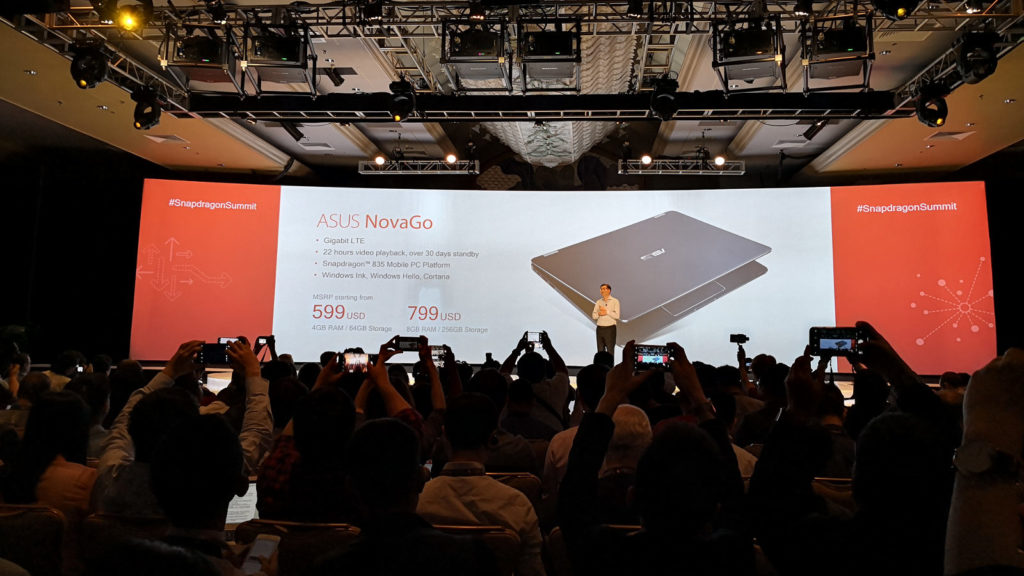Back at the Snapdragon Tech Summit, we got some hands-on time with Snapdragon-powered laptops running Windows 10 on ARM.
Unfortunately, these machines only had Windows 10 S installed (they get free upgrades to full Windows 10 on ARM), but at the time, we heard that x64 games wouldn’t work on ARM devices.
No ad to show here.
Now, Microsoft has issued a since-deleted guideline to Windows 10 on ARM’s limitations, spotted by Thurrott.com. And our expectations have certainly been tempered as a result.
First of all is the news that Windows 10 on ARM only supports ARM64 drivers.
“While ARM OS has the capabilities to emulate x86 user-mode apps, drivers implemented for other architectures (such as x64 or x86) are not currently emulated and thus not supported on this platform. Any app that works with its own custom driver would need to be ported to ARM64,” Microsoft explains, suggesting that peripheral support will be an issue.
Games, virtualisation on ARM
The second key point feeds into x64 games not working, with news that x64 apps in general wouldn’t be compatible with Windows 10 on ARM.
One of the most notable limitations is that game and apps using OpenGL 1.1 or later won’t work, requiring the use of DirectX 9 to 12 instead. For the record, OpenGL 4.6 is the latest release, having been launched in 2017.
“In addition, games that rely on ‘anti-cheat’ drivers are not supported on this platform,” Microsoft elaborates.
Windows 10 on ARM might not be as full-featured as you expect
Apps that “customise the Windows experience may not work properly” on this flavour of Windows 10 either, Microsoft cautions.
“Native OS components cannot load non-native components. Examples of apps that commonly do this include some input method editors (IMEs), assistive technologies, and cloud storage apps,” the Redmond company explains.
Looking forward to Hyper-V on this variant of Windows 10? Prepare to be disappointed then. “Running any virtual machines using Hyper-V on an ARM device will not work,” Microsoft notes.
